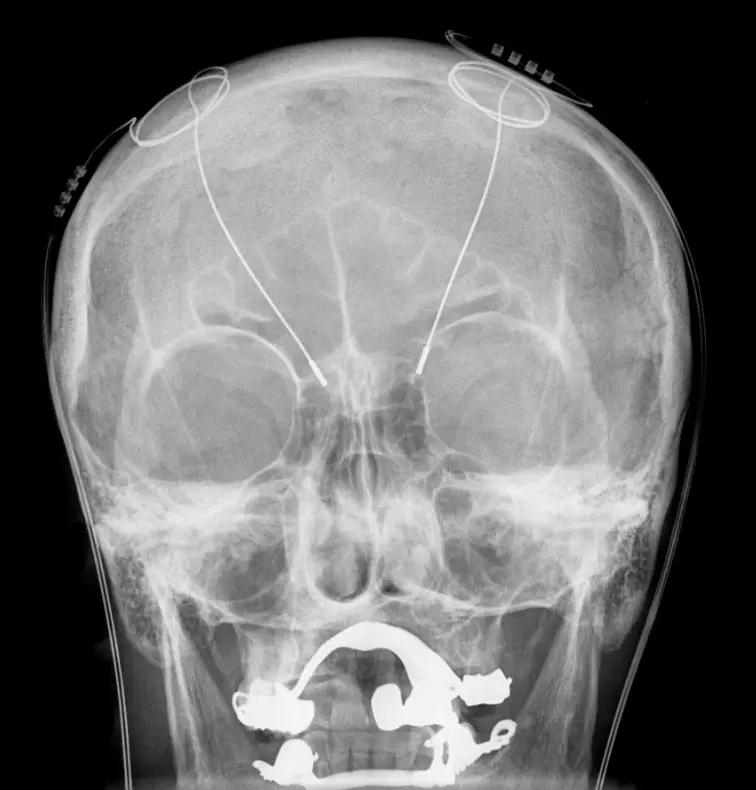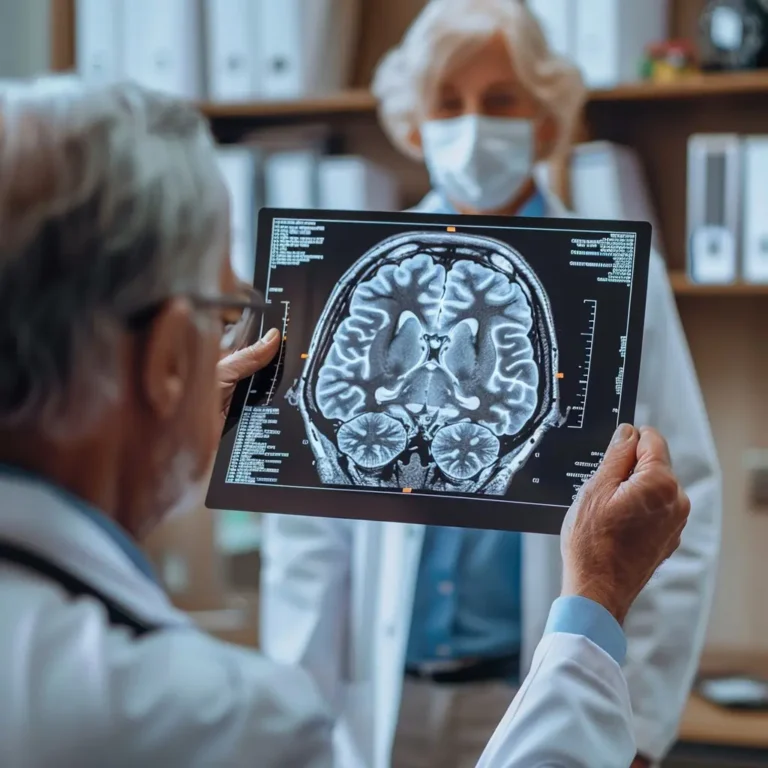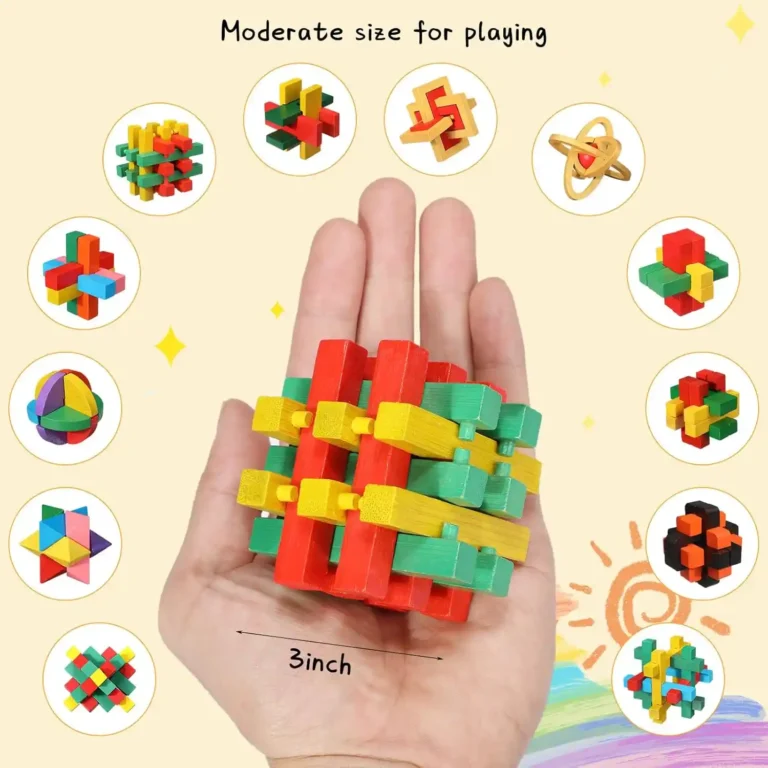Deep brain stimulation is a neurosurgical procedure which has been used for Parkinson’s disease (PD) – a progressive neurodegenerative disorder characterized by the degeneration of dopaminergic neurons in the substantia nigra, leading to motor and non-motor symptoms such as tremors, rigidity, and bradykinesia.
As the disease progresses, patients may experience motor complications that become increasingly difficult to manage with medication alone. Deep brain stimulation (DBS) has emerged as a highly effective treatment option for advanced Parkinson’s disease, offering significant improvements in motor symptoms and quality of life.
This article explores the mechanisms, benefits, and considerations of DBS in the context of Parkinson’s disease.
Stay Sharp with our Trivia game generator or Fun Facts game for you mental exercises and mental sharpness!
Understanding Deep Brain Stimulation
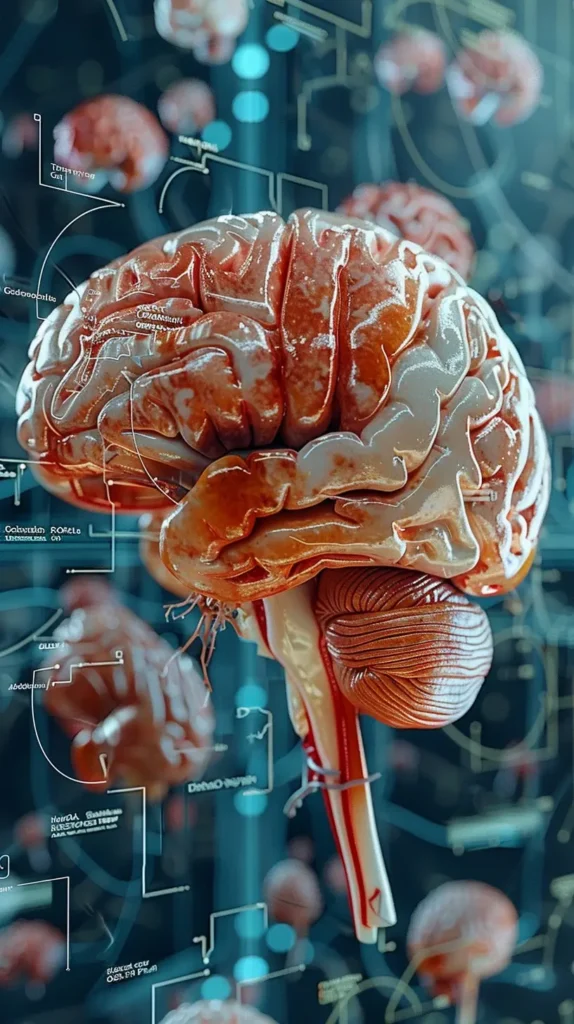
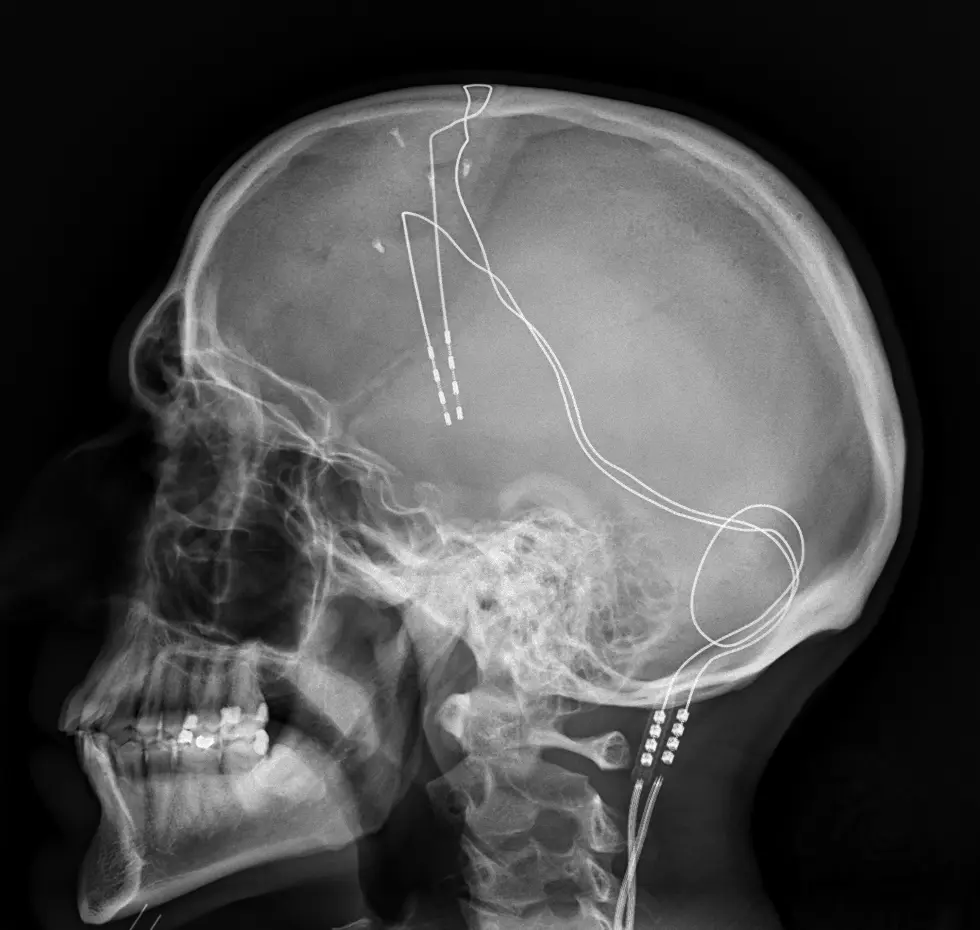
What is Deep Brain Stimulation?
Deep brain stimulation is a neurosurgical procedure that involves implanting electrodes in specific areas of the brain to deliver electrical impulses.
These impulses help regulate abnormal brain activity associated with movement disorders.
DBS is primarily used for patients with Parkinson’s disease who experience motor fluctuations and dyskinesias despite optimal medical therapy.
Mechanism of Action
DBS works by modulating the electrical activity in specific brain regions involved in movement control. In Parkinson’s disease, abnormal signaling within the basal ganglia contributes to motor symptoms. By delivering targeted electrical stimulation, DBS interrupts these irregular signals, leading to improved motor function.
| Target Brain Area | Function | Benefits of DBS |
|---|---|---|
| Subthalamic Nucleus (STN) | Regulates movement and motor control | Reduces tremors, rigidity, and dyskinesias; decreases medication requirements |
| Globus Pallidus Internus (GPi) | Involved in the regulation of voluntary movement | Improves motor symptoms and quality of life; effective for patients with severe dyskinesias |
| Ventral Intermediate Nucleus (VIM) | Primarily targets tremor control | Specifically effective for patients with tremor-dominant Parkinson’s disease |
Indications and Patient Selection
Indications for Deep Brain Stimulation
DBS is typically considered for patients with Parkinson’s disease who meet specific criteria:
- Disease Duration: Patients usually have a diagnosis of Parkinson’s disease for at least four years.
- Motor Fluctuations: Patients experience significant motor fluctuations or “off” periods despite optimal medical therapy.
- Dyskinesias: Patients may have troublesome dyskinesias (involuntary movements) related to long-term levodopa treatment.
- Response to Medication: Patients should demonstrate a positive response to dopaminergic medications, indicating that they are likely to benefit from DBS.
Patient Selection
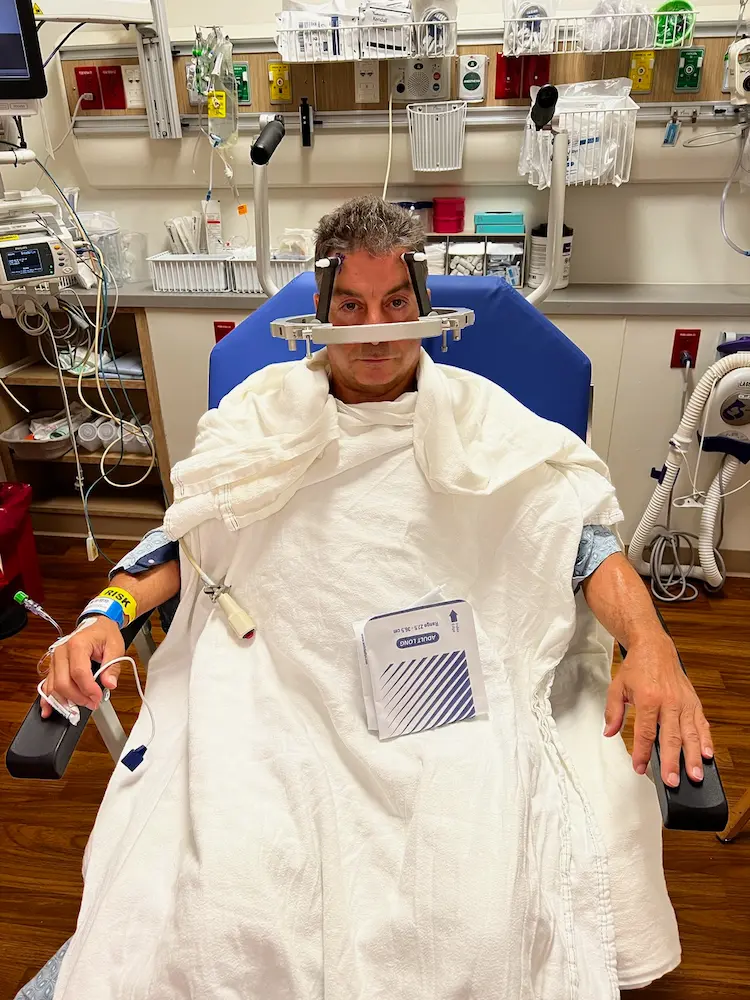
Selecting appropriate candidates for DBS requires a comprehensive evaluation by a multidisciplinary team, including neurologists, neurosurgeons, and psychologists. Factors considered during the evaluation include:
- Motor Symptoms: The severity and type of motor symptoms experienced by the patient.
- Cognitive Function: Assessing cognitive abilities to ensure that patients can benefit from the procedure.
- Psychiatric History: Evaluating any history of psychiatric conditions that may complicate the treatment.
Benefits of Deep Brain Stimulation
Deep brain stimulation offers several benefits for patients with Parkinson’s disease:
- Improved Motor Function: DBS can significantly reduce tremors, rigidity, and bradykinesia, leading to improved mobility and daily functioning.
- Reduced Medication Requirements: Many patients experience a decrease in the dosage of dopaminergic medications needed to manage their symptoms, which can help alleviate medication-related side effects.
- Enhanced Quality of Life: Patients often report improvements in overall quality of life, including better mood, increased independence, and enhanced social interactions.
- Long-Term Efficacy: Research indicates that the benefits of DBS can be sustained for several years, with many patients continuing to experience improvements in motor symptoms.
Clinical Evidence
Numerous studies have demonstrated the efficacy of DBS in treating Parkinson’s disease. A meta-analysis published in JAMA Neurology found that DBS significantly improved motor symptoms and quality of life compared to best medical therapy alone. Additionally, a study in Movement Disorders reported that patients who underwent STN-DBS experienced a significant reduction in “off” time and improved motor function.
Risks and Considerations
While DBS is generally considered safe, it is not without risks. Potential complications include:
- Surgical Risks: As with any surgical procedure, there are risks associated with anesthesia, infection, and bleeding.
- Device-Related Complications: Issues may arise with the implanted device, such as lead misplacement or hardware malfunction.
- Stimulation-Related Side Effects: Patients may experience side effects from stimulation, including mood changes, speech difficulties, or balance issues.
Postoperative Care
After the surgery, patients require careful monitoring and programming of the DBS device. Adjustments to the stimulation settings may take several weeks or months to optimize symptom control and minimize side effects. Regular follow-up appointments with the healthcare team are essential to ensure the effectiveness of the treatment.
Conclusion
Deep brain stimulation represents a significant advancement in the treatment of Parkinson’s disease, offering hope and improved quality of life for patients with advanced motor symptoms.
By targeting specific brain regions and modulating electrical activity, DBS can effectively alleviate tremors, rigidity, and dyskinesias, while reducing the need for medications. As research continues to evolve, the potential applications of DBS may expand, further enhancing its role in managing Parkinson’s disease and other movement disorders.
For patients considering this treatment, a thorough evaluation and discussion with a multidisciplinary team are essential to determine the best course of action.
Frequently Asked Questions (FAQs)
What is deep brain stimulation (DBS)?
Deep brain stimulation is a neurosurgical procedure that involves implanting electrodes in specific areas of the brain to deliver electrical impulses, helping to regulate abnormal brain activity associated with movement disorders.
How does DBS work for Parkinson’s disease?
DBS works by modulating electrical activity in targeted brain regions, helping to interrupt irregular signals that contribute to motor symptoms in Parkinson’s disease.
Who is a candidate for DBS?
Candidates for DBS typically have a diagnosis of Parkinson’s disease for at least four years, experience significant motor fluctuations or dyskinesias, and demonstrate a positive response to dopaminergic medications.
What are the benefits of DBS?
Benefits of DBS include improved motor function, reduced medication requirements, enhanced quality of life, and sustained long-term efficacy.
What are the risks associated with DBS?
Potential risks include surgical complications, device-related issues, and stimulation-related side effects, such as mood changes or speech difficulties.
How long do the effects of DBS last?
Research indicates that the benefits of DBS can be sustained for several years, with many patients continuing to experience improvements in motor symptoms.
What is the recovery process after DBS?
After surgery, patients require careful monitoring and programming of the DBS device, with adjustments made over several weeks or months to optimize symptom control.
Can DBS be used for conditions other than Parkinson’s disease?
Yes, DBS is also being studied as a treatment for other conditions, including essential tremor, dystonia, epilepsy, and certain psychiatric disorders.
How does one prepare for DBS surgery?
Preparation for DBS surgery involves a comprehensive evaluation by a multidisciplinary team, including neurological assessments and imaging studies to determine the optimal placement of electrodes.
Is DBS a cure for Parkinson’s disease?
No, DBS is not a cure for Parkinson’s disease, but it can significantly improve symptoms and enhance quality of life for many patients.
References
- Groiss, S. J., Wojtecki, L., Südmeyer, M., & Schnitzler, A. (2010). Deep Brain Stimulation in Parkinson’s Disease. PMC. https://www.ncbi.nlm.nih.gov/pmc/articles/PMC3002606/
- Medscape. (2024). Deep Brain Stimulation for Parkinson Disease. https://emedicine.medscape.com/article/1965354-overview
- Johns Hopkins Medicine. (2024). Deep Brain Stimulation. https://www.hopkinsmedicine.org/health/treatment-tests-and-therapies/deep-brain-stimulation
- Mayo Clinic. (2024). Deep Brain Stimulation. https://www.mayoclinic.org/tests-procedures/deep-brain-stimulation/about/pac-20384562
- Cleveland Clinic. (2024). Deep Brain Stimulation (DBS): What It Is, Purpose & Procedure. https://my.clevelandclinic.org/health/treatments/21088-deep-brain-stimulation
